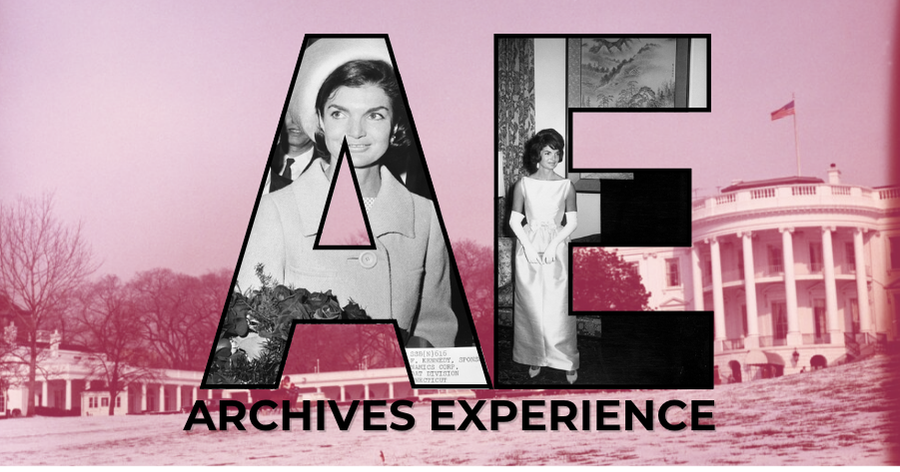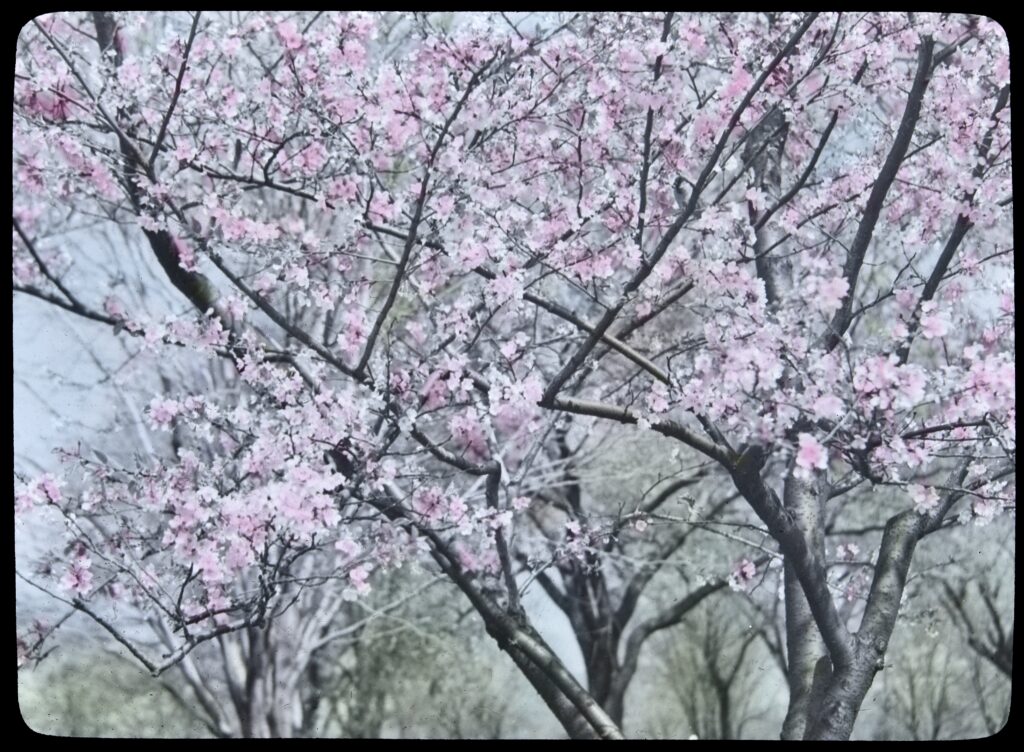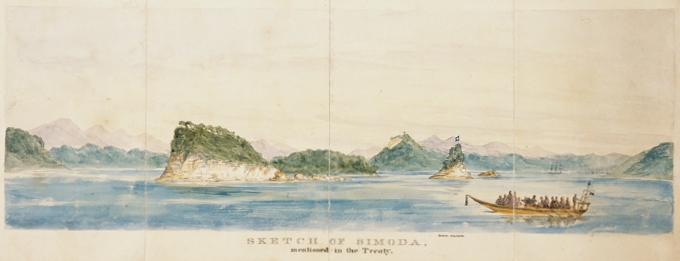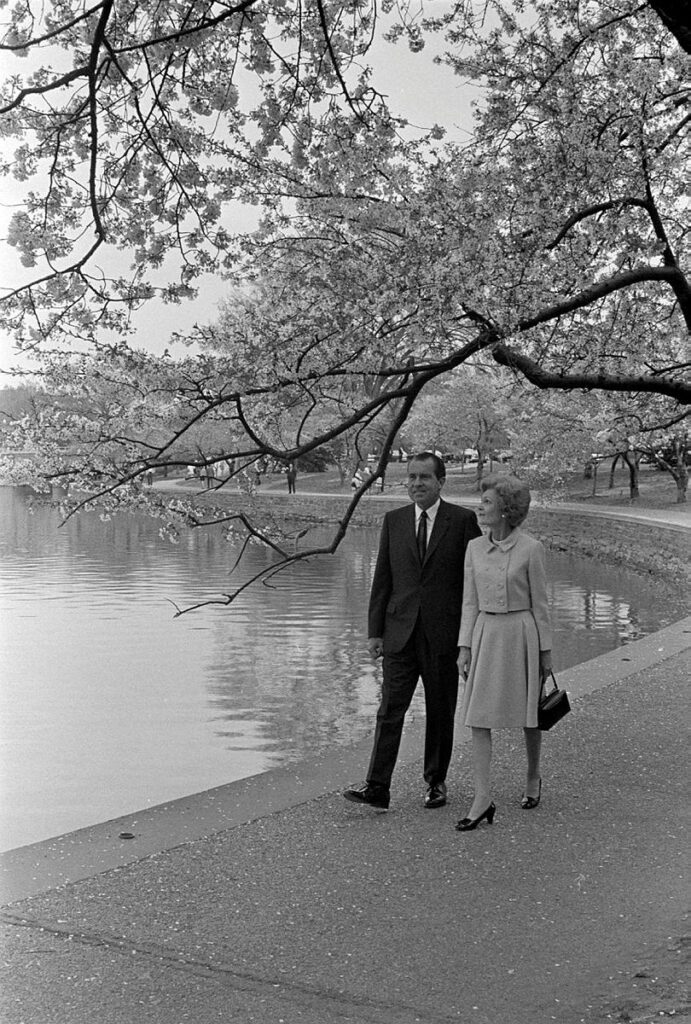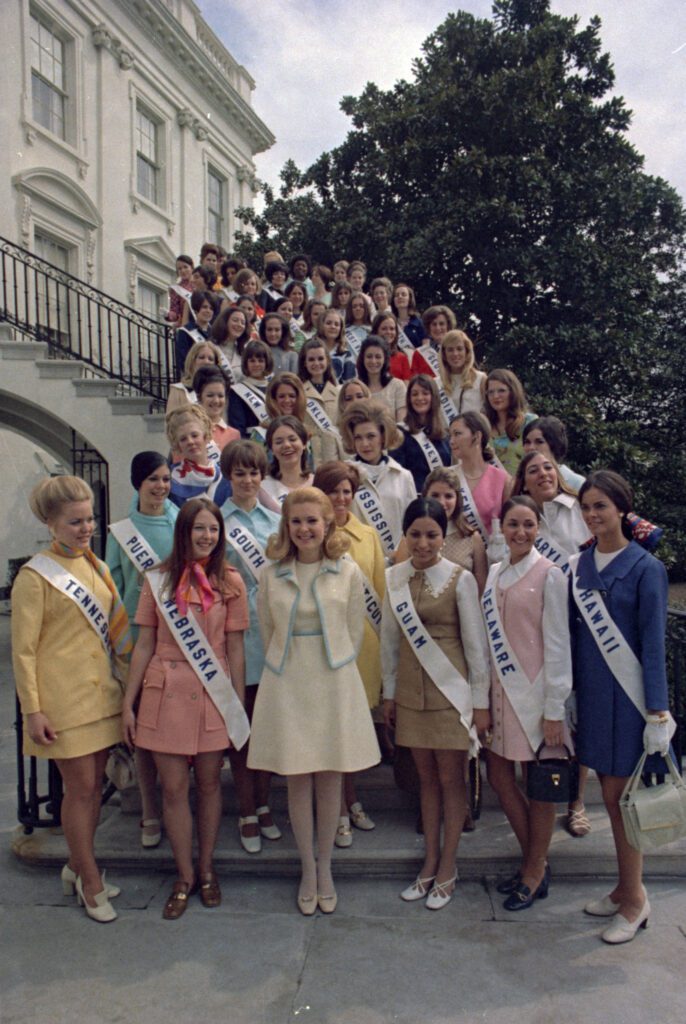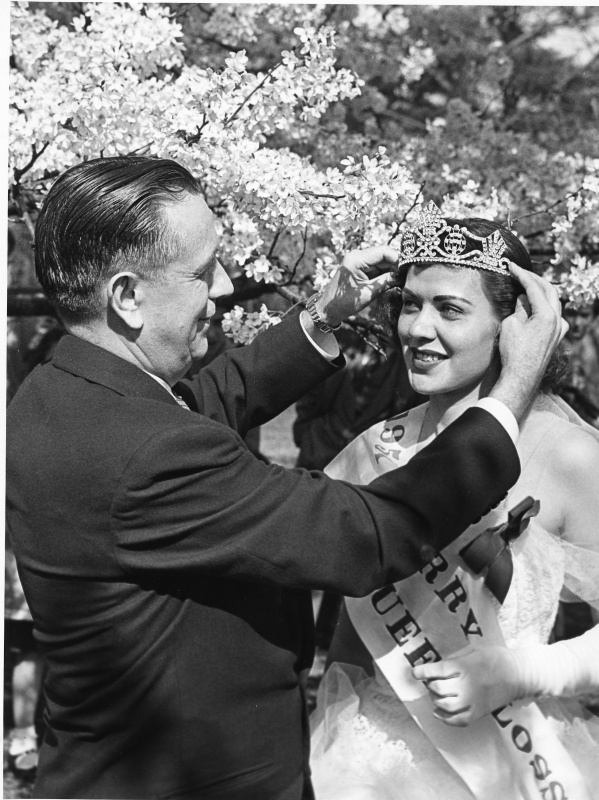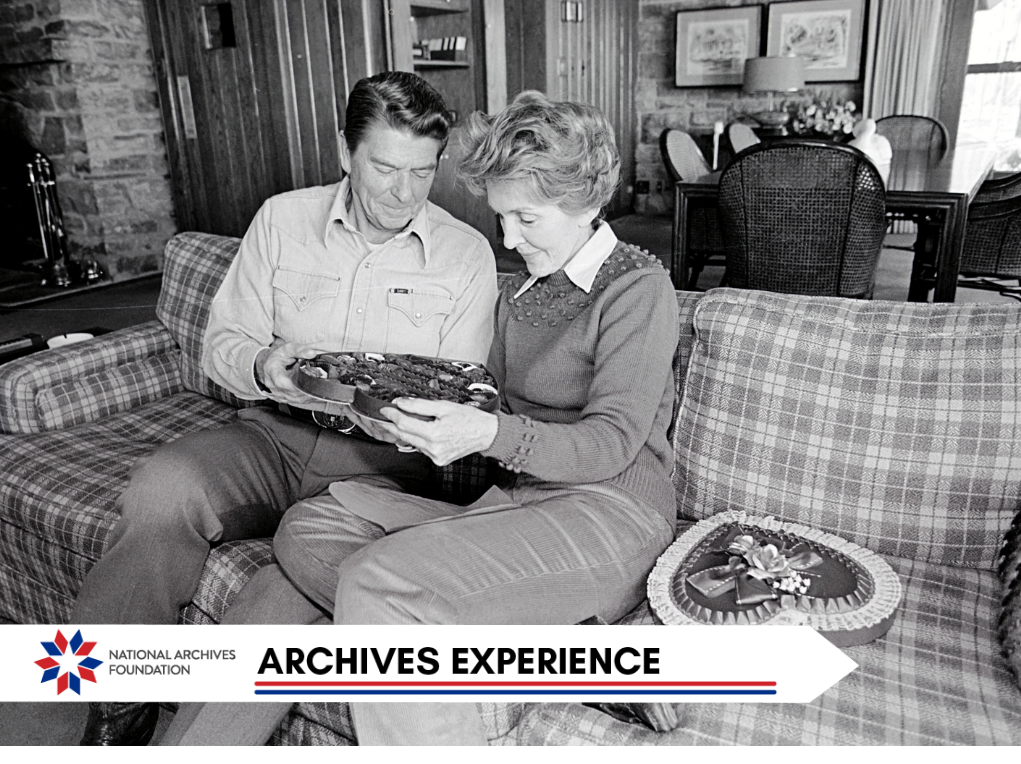In Bloom
One of Washington D.C.’s most iconic sights is the annual blooming of the cherry trees along the Tidal Basin. We just celebrated “peak bloom,” when ”70% of the Yoshino Cherry (Prunus x yedoensis) blossoms” open. How did this tradition start and what’s kept it going? Let’s spring into the details in this week’s newsletter.
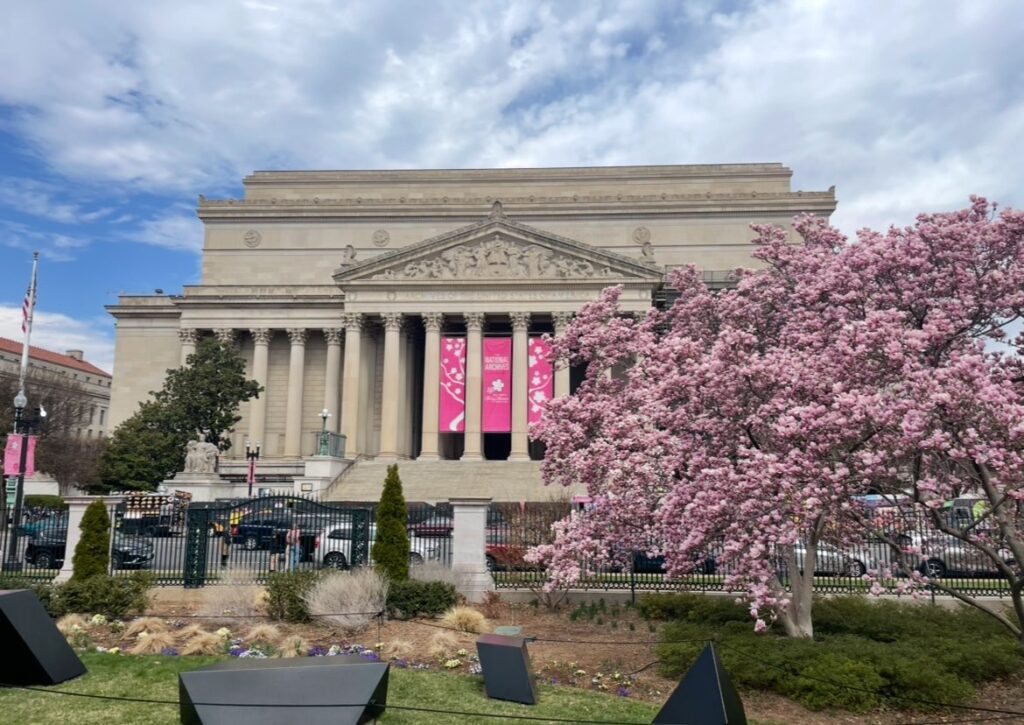
Front view of the National Archives Building (staff photo)
From Tokyo to Washington
Cherry blossoms, also known as sakura in Japanese, have long been the centerpiece of springtime celebrations in Japan. Hanami refers to the season in Japan around March and April that consists of cherry blossom viewings, festivals, events, and more, a tradition that has lasted over 1,200 years.
Long before the cherry trees even landed stateside, the U.S. had opened relations with Japan by signing the Treaty of Kanagawa in 1854. The treaty resulted from Commodore Matthew C. Perry’s mission to end Japan's 200-year-long isolation policy. While Japan held a firm position against all foreign trade, Perry successfully secured coaling ports for American steamships and protections for American whalers.
Notably, as you can see in the English version of the treaty held in the National Archives, there are no Japanese signatures, due to a custom forbidding signatures in foreign languages. Despite tensions early in the diplomatic relationship, the treaty showcased the potential for mutual understanding between the two cultures.
One Woman’s Determined Spirit
While the cherry trees finally arrived in 1912, the earliest known call for them came from a seasoned traveler, writer, and diplomat named Eliza Scidmore. After visiting Japan for the first time in 1885, Scidmore was thoroughly convinced that the trees would be a welcome addition to the nation’s capital. She began writing letters that year to the U.S. Army Superintendent of the Office of Public Buildings and Grounds, Japanese officials, and eventually to First Lady Helen Taft in 1909.
Right before she wrote to Mrs. Taft about her idea, Scidmore had actually worked with Department of Agriculture Plant Explorer David Fairchild. Fairchild’s research concerned the viability of several Japanese plants in Washington’s climate, and his findings, while not yet digitized, are housed at the National Archives in College Park.
The combination of Fairchild’s research, Scidmore’s letter-writing campaigns, and Mrs. Taft's plans to beautify the national mall led to approval to acquire cherry trees from Japan.
In 1910, Japanese chemist Dr. Jokichi Takamine, while in Washington, D.C., proposed giving 2,000 cherry trees to the city in the name of Tokyo. Mrs. Taft accepted the offer, but when the trees arrived, Department of Agriculture inspectors found them diseased and infested and recommended they be destroyed. Undeterred, Japanese officials arranged for a new gift of over 3,000 carefully inspected, disease-free trees, which arrived in March 1912 and were successfully planted around the Tidal Basin and in other areas of Washington.
The cherry trees continue to bloom every spring, with the first official Cherry Blossom Festival taking place in 1934. Although the festivals were paused during World War II, they resumed in 1948.
Over the years, additional trees have been planted. In 1965, First Lady Lady Bird Johnson, known for her “beautification” campaign, and Mrs. Ryuji Takeuchi, the wife of Japan’s ambassador, planted more trees in a ceremony echoing the original plantings of 1912.
While fewer than 100 of those original trees now remain, they persist as a symbol of international friendship and the impact of one person’s dedication.
Related Content
